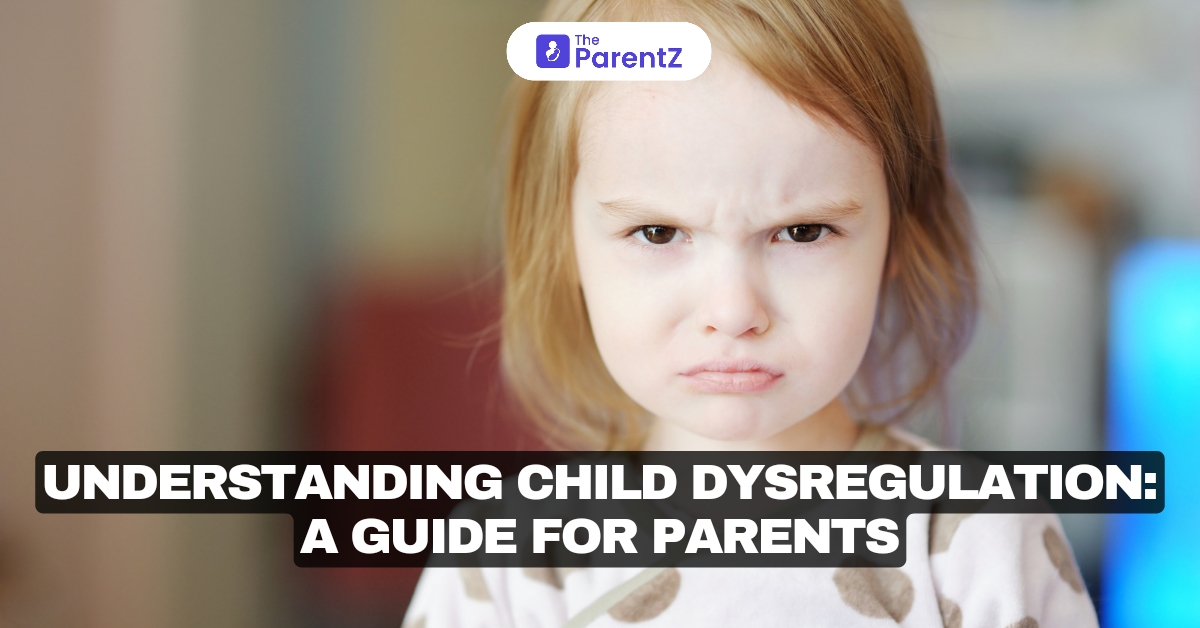The term "child dysregulated" has become increasingly prevalent among parents, reflecting a growing awareness of the emotional challenges that children face. Many parents describe their children as "dysregulated" when they observe intense emotional responses, frequent meltdowns, or difficulty managing their feelings in various situations. This experience can be overwhelming for both children and parents, as navigating these emotional landscapes can feel like a constant roller coaster.
Understanding Emotional Dysregulation
Emotional dysregulation refers to a child's difficulty in recognizing, expressing, and managing their emotions. This condition is not merely a phase but a significant aspect of a child's emotional development that can manifest in various ways. Children may either suppress their emotions, leading to internalized stress, or exhibit exaggerated emotional reactions that disrupt their daily functioning. Such reactions can include tantrums, withdrawal, or aggressive behaviors, often triggered by seemingly minor events.
At the core of emotional dysregulation lies an overwhelmed brain. When a child is emotionally dysregulated, their brain is flooded with distressing emotions like frustration, disappointment, and fear, which can trigger a fight, flight or freeze response. This state of emotional overload makes it challenging for children to process their feelings and respond appropriately to social cues or expectations.
The Development of Emotional Regulation
Emotional regulation is a skill that develops gradually throughout childhood. It is influenced by various factors, including a child's temperament and the emotional environment provided by caregivers. Typically, children begin to explore their emotions more actively between the ages of 3 and 5. During this stage, they may experience frequent emotional dysregulation, particularly when their desires are thwarted or criticized.
As kids grow and their cognitive abilities develop, they usually become better equipped to manage their emotions. However, some children may continue to struggle with emotional regulation into later childhood and adolescence, especially if they face additional challenges such as anxiety, ADHD, autism spectrum disorders, or trauma.
Identifying Emotional Dysregulation
You can identify signs of emotional dysregulation through various behaviors exhibited by their children. Common indicators include:
- Frequent Tantrums or Meltdowns: Intense outbursts that seem disproportionate to the situation.
- Difficulty Transitioning: Struggles with changes in routine or environment.
- Inconsistent Emotional Responses: Fluctuating moods or difficulty expressing feelings verbally.
- Social Challenges: Trouble forming relationships or understanding social cues.
- Physical Symptoms: Signs of distress such as clenching fists, rapid breathing, or withdrawal.
Recognizing these signs is very important, as they can indicate that a child is in distress and needs support to navigate their emotions.
Supporting a Dysregulated Child
Helping a child who is emotionally dysregulated requires a compassionate and understanding approach. Following are a few strategies that you can employ:
- Validate Emotions: Instead of dismissing or minimizing a child's feelings, you should validate their emotions. Acknowledging what a child is feeling helps them feel understood and secure. Phrases like "I can see you're really upset" can go a long way in helping children process their emotions.
- Model Emotional Regulation: Kids learn by observing their parents. Demonstrating healthy emotional regulation—such as expressing feelings appropriately and using coping strategies—provides children with a framework for managing their own emotions.
- Create a Safe Emotional Environment: Establishing a home environment that encourages open communication about feelings is essential. You can foster this by discussing emotions regularly and providing children with tools to express themselves, such as art, storytelling, or role-playing.
- Teach Coping Strategies: Introduce children to various coping mechanisms to help them manage their emotions. Techniques like deep breathing, mindfulness, or physical activity can effectively calm an overwhelmed mind.
- Seek Professional Help When Necessary: If a child's emotional dysregulation significantly impacts their happiness, relationships, or academic performance, consulting a mental health professional may be beneficial. Therapists can offer tailored strategies and support for both the child and the parents.
Conclusion
Understanding the concept of emotional dysregulation is vital for parents who wish to support their children through emotional challenges. By recognizing the signs and employing effective strategies, you can help your children develop the skills necessary for emotional regulation. This journey requires patience, compassion, and a commitment to building a nurturing environment where children can learn to navigate their emotions effectively. Ultimately, the goal is to empower children to understand and manage their feelings, paving the way for healthier emotional development and well-being.








Be the first one to comment on this story.